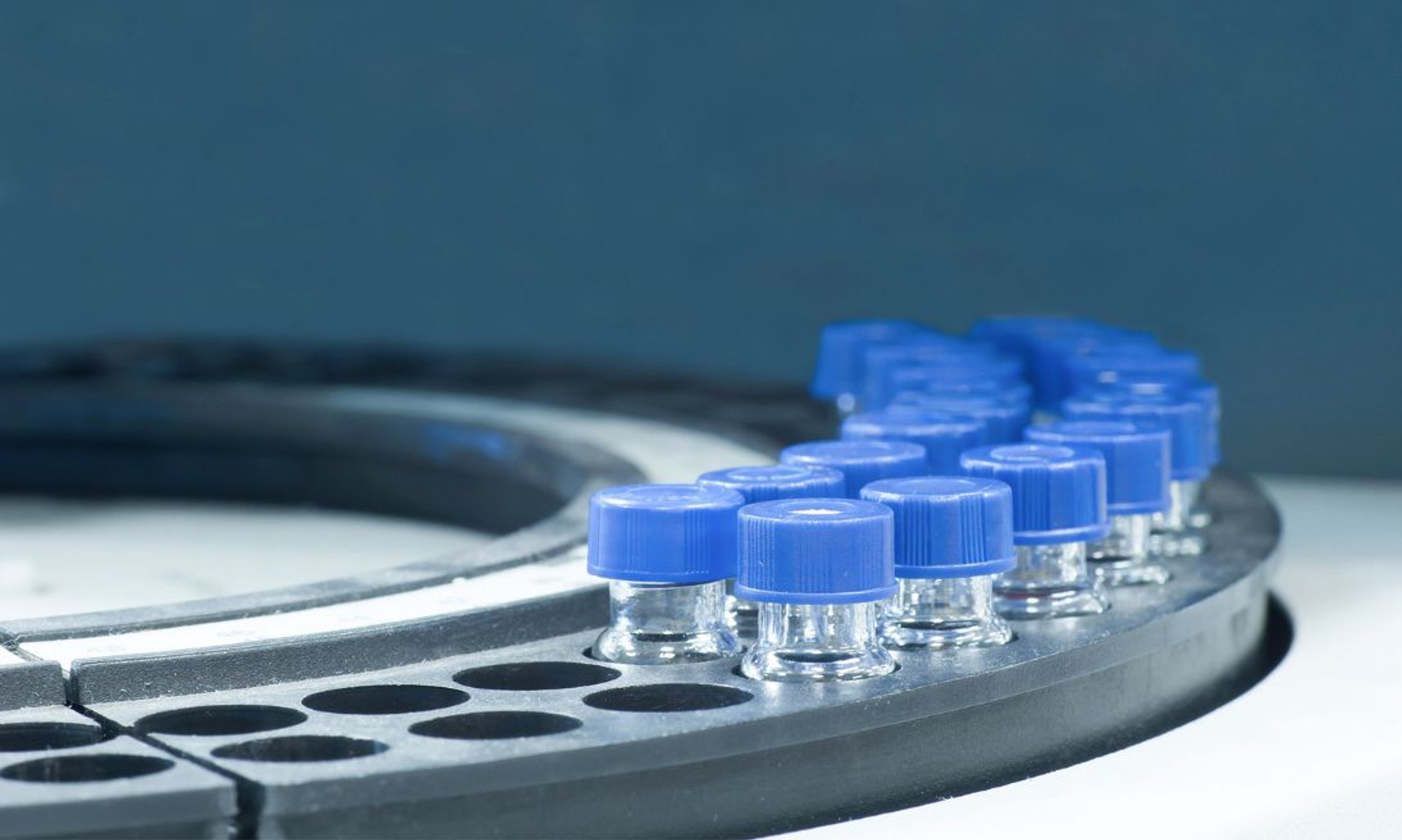The Basics of Gas Chromatography Calibration
For those who don’t already know, gas chromatography (GC) is a method for separating the compounds of a mixture using a gas or liquid. The goal is to verify the quality of the tested substance matches the company’s minimum standards. In most cases, this process is necessary only in specific industries like lab work and research and development. The semiconductor industry also uses this process.
However, many people wonder how GC is so precise. It’s thanks to the calibration process it goes through. This short guide will help better explain the basics of gas chromatography calibration to help you understand this entire process.
Key Factors of GC Calibration
Since the basis of this process is absolute precision, there are some key factors you need to note. Some of the more common ones are the following:
- Detector set points
- Gas flow rate
- Concentration range
- Overall pressure
People who use this process also need to ensure their system is completely stable when calibrating. Any deviations could drastically skew the results. That’s why performing this procedure in a controlled environment with trained professionals is best.
The Steps for Calibrating GC
Now let’s get into the calibration steps. Even though a professional specialty gas supplier will handle the process, knowing the basics of gas chromatography calibration is key for understanding the products you buy that utilize it.
First, users need to turn on the GC tool and open the carrier gas cylinders. Users can also opt for a gas mixer if they have one. Next, users need to adjust the pressure to their required amount and check the gas flow rate. Users can do this by checking the predefined setpoints. This will allow them to validate their current gas flow rates with their projected numbers.
If the numbers don’t add up, users should add dilutions of compounds to the mixture and record the response times for those. They can then compare those numbers to the initial concentration. Finally, users will want to create the calibration curve by using the precise calibration standards for the components they’re using.
Where You Can Have This Done
Since gas chromatography calibration isn’t something you can do on your own, you need to find a specialty gas supplier that knows how to handle it for you. Fortunately, you’re already in the right place. Mesa Gas has been in the gas calibration industry for years. In fact, we’re one of the nation’s number-one specialty gas suppliers. If gas chromatography calibration is what you need, we’ll be able to get it done for you.

